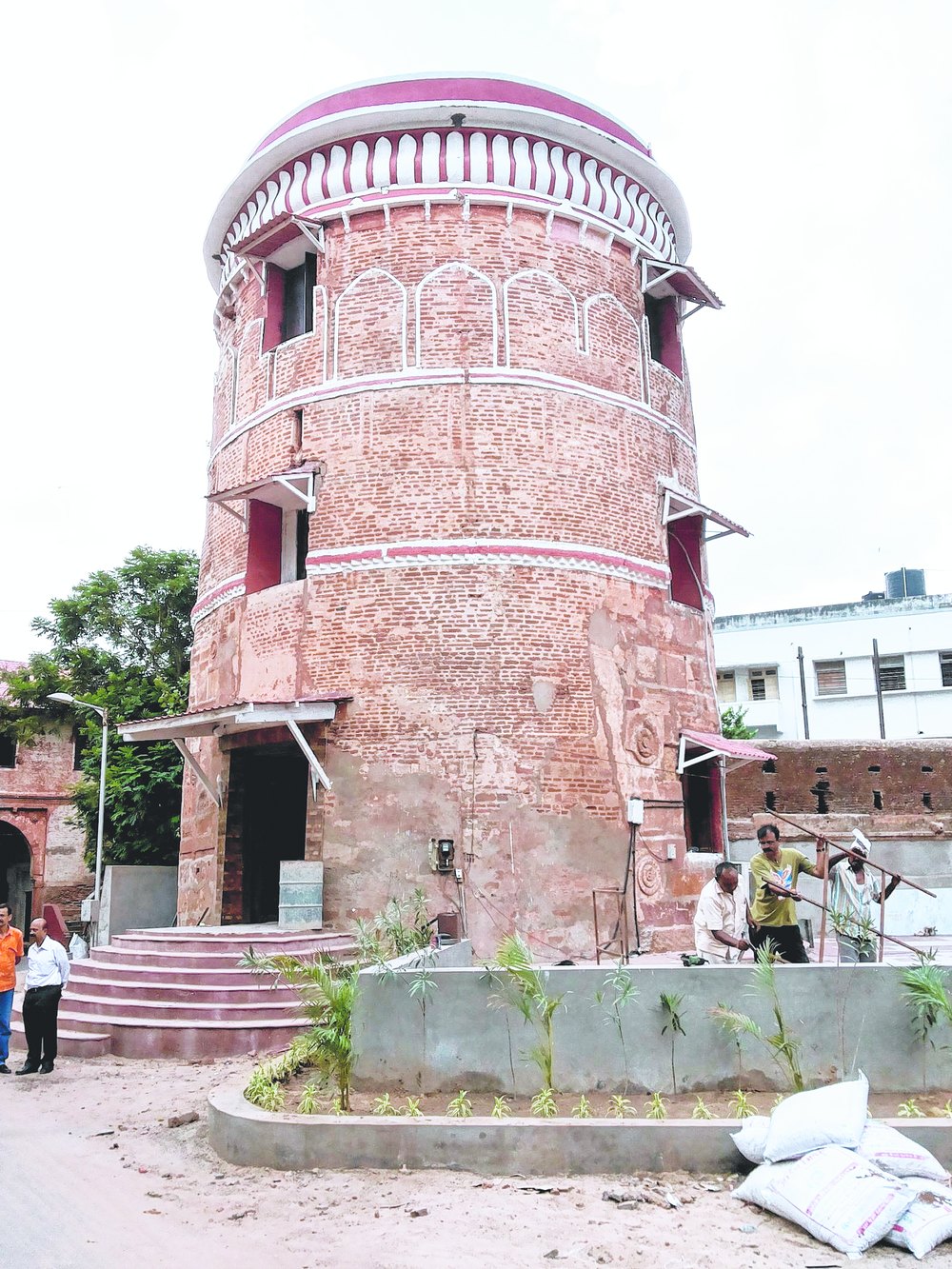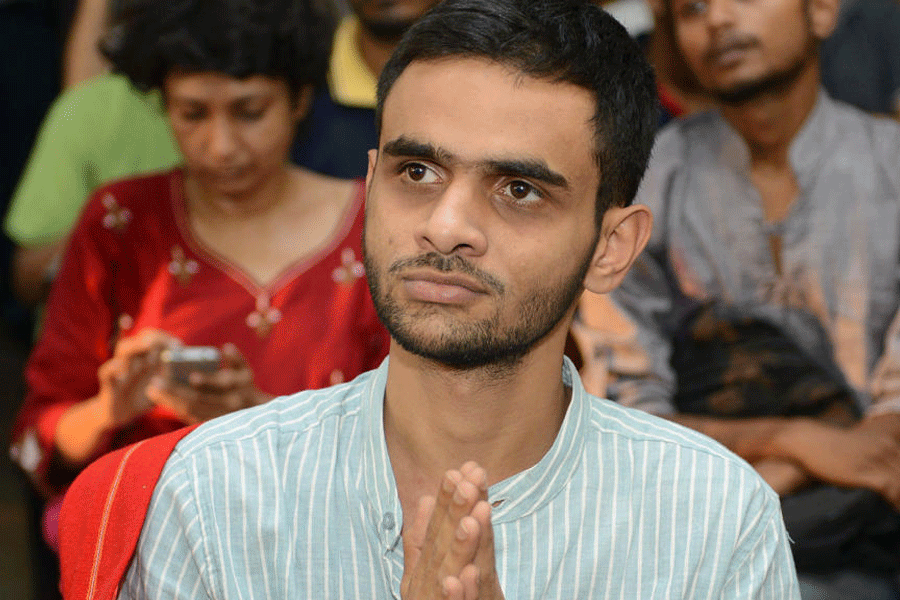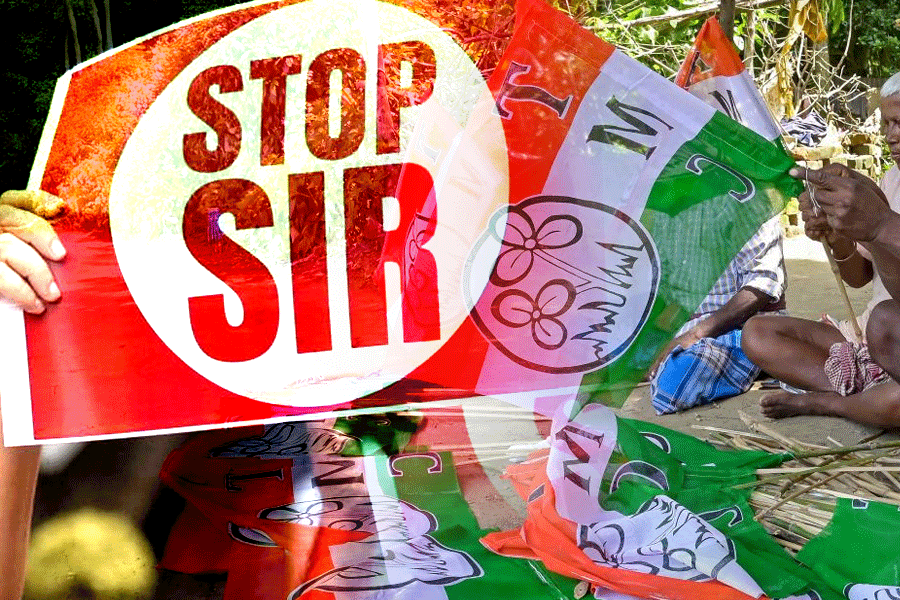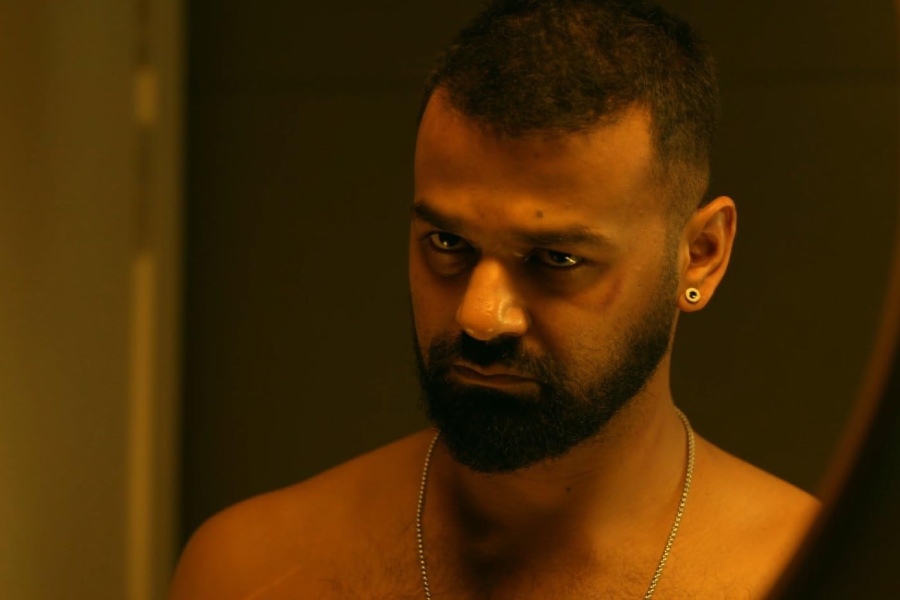
Ahmedabad, June 11: Not so long ago, Gaekwad Haveli was known as the "torture chamber".
Some of those hauled inside this city crime branch headquarters, they say, apparently never returned to tell what they had gone through.
It is also the place where the infamous staged encounters - that put some trigger-happy Gujarat police officers in jail - were alleged to have been plotted.
Now all that is set to change, thanks to a memorial that the newly image-conscious crime branch is putting in place inside the compound of the nearly 280-year-old haveli on the eastern bank of the Sabarmati.
It's a memorial to a friendship - between a Muslim and a Hindu - who died while trying to pacify a lynch mob that had surrounded a Dalit locality on July 1, 1946.
Vasant Rao and Rajab Ali Lakhani had refused to stand aside and were stabbed to death.
Senior police officers said the "Vasant-Rajab Friendship" memorial - the first such initiative by the city's crime branch - would be a tribute to the two friends who became a symbol of inter-faith harmony.
Their sacrifice had moved the Father of the Nation, who recognised their contribution in a speech.
Chief minister Anandiben Patel is expected to inaugurate the memorial on July 1.
"After the memorial is thrown open to the public, we want to encourage schoolchildren, those in their formative years, to visit the memorial so that they learn the values symbolised by the two brave icons who lived and died together fighting to protect peace and communal harmony," new crime branch DCP Deepan Bhadran said.
Not everybody is impressed.
Rights activist and well-known high court advocate Girish Patel said the haveli was not the appropriate place for such a memorial.
"After the 2002 (post-Godhra) riots, hundreds of innocent Muslims were illegally detained in Gaekwad Haveli for months together," he said.
There are also allegations that some of those detained were never seen again.
"If there has been a change of heart, it is good. But if it is just symbolic, then it's nothing but hypocrisy and does not mean anything," Patel said.
If the illegal detentions were a blot, a raft of so-called encounters, including those that killed college girl Ishrat Jahan and small-time gangster Sohrabuddin Sheikh and his wife Kauser Bi, triggered further outrage.
Some senior police officers, including former DIG D.G. Vanzara, were arrested though most of them have since been reinstated.
Crime branch assistant commissioner M.D. Chaudhary agreed that the haveli has been in the news for "all the wrong" reasons. "But that was partly because of the nature of the work we have to handle," the officer said, adding that the "public perception" was bound to change now through the memorial, now being given the final touches.
"Through this memorial, we intend to increase interaction with the public, especially the young generation," Chaudhary said.
DCP Bhadran confirmed that the crime branch was trying to re-brand its image and appear more humane.
It was former DCP Himanshu Shukla, recently appointed head of the state anti-terrorist squad, who came up with the idea of turning into a memorial the two-storey watchtower of the 1738-built haveli, once used by the British army as a cantonment before it became a railway warehouse in 1863 and the crime branch headquarters in 1969.
In its new avatar, the haveli, which derives its name from the Gaekwads who built it, will have the memorial, a theatre, statues of the two friends and a copy of Gandhiji's speech on Vasant and Rajab.
On display also will be the Pathani sandals that Vasant wore when he and Rajab were stabbed to death. Vasant's nephew Uday has preserved the sandals, which he will hand over to the crime branch.
On July 1, 1946, a Rath Yatra day, the simmering tension within the city had exploded in a frenzy of communal violence. Vasant and Rajab, both freedom fighters who had been jailed several times, took it upon themselves to convince their communities to avoid violence. A mob confronted them at Khand ni Sheri, asking them to give way. They refused and were lynched.
The Ahmedabad-born Vasant was just 40 then.
Rajab, whose family originally came from Limidi in Saurashtra, was younger.
He was born in Karachi in 1919. Which means he was around 27 when he died.











